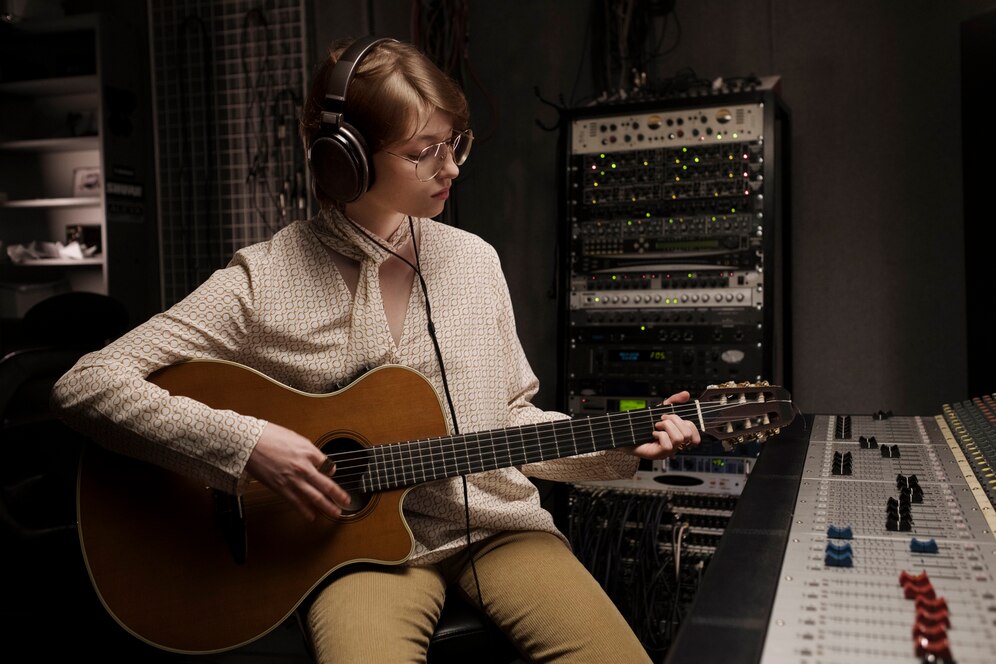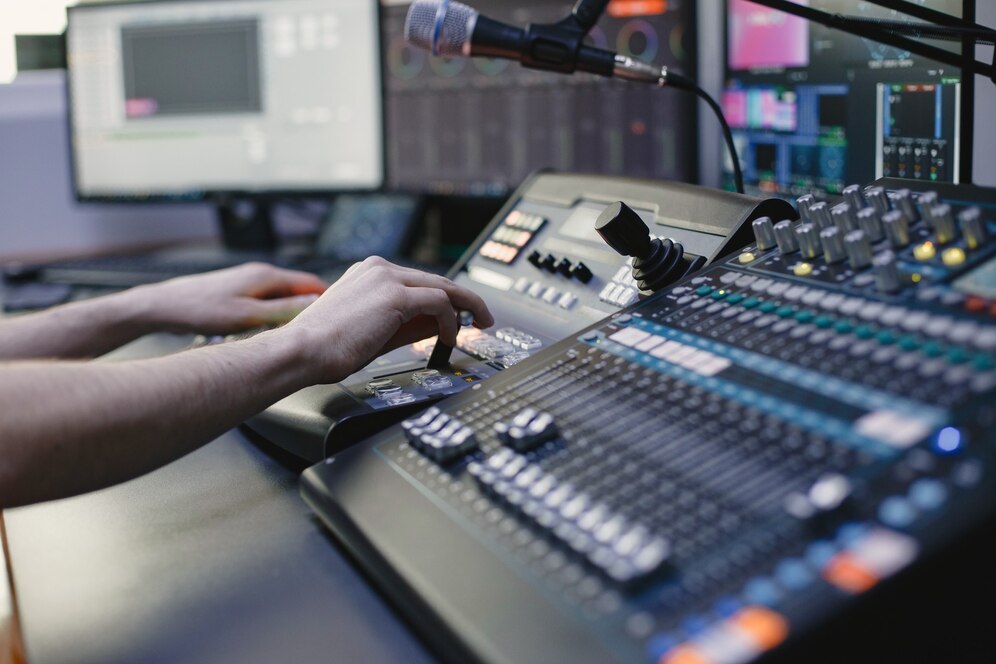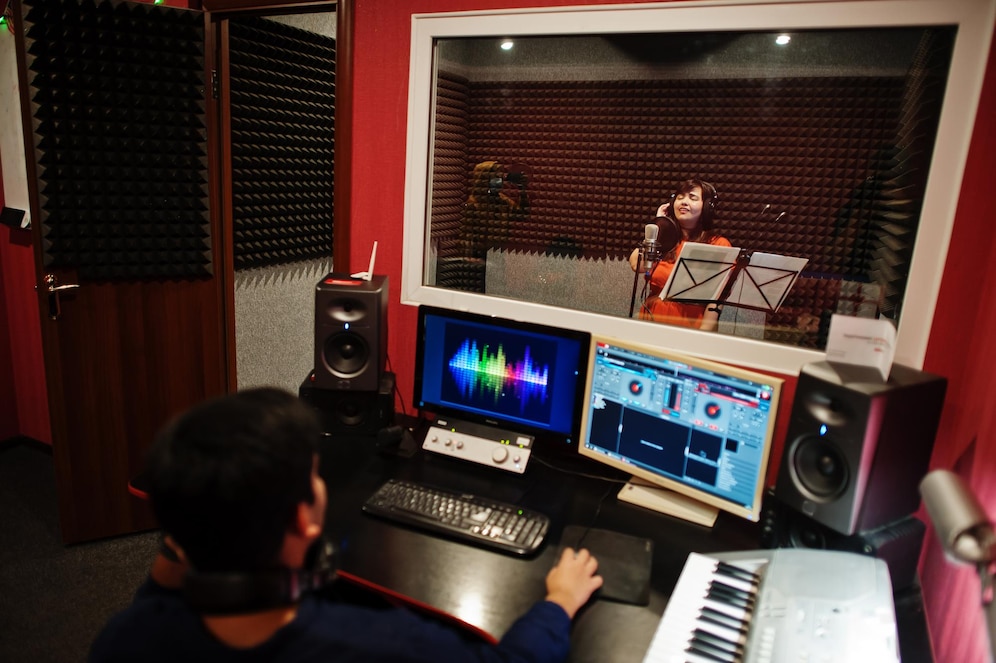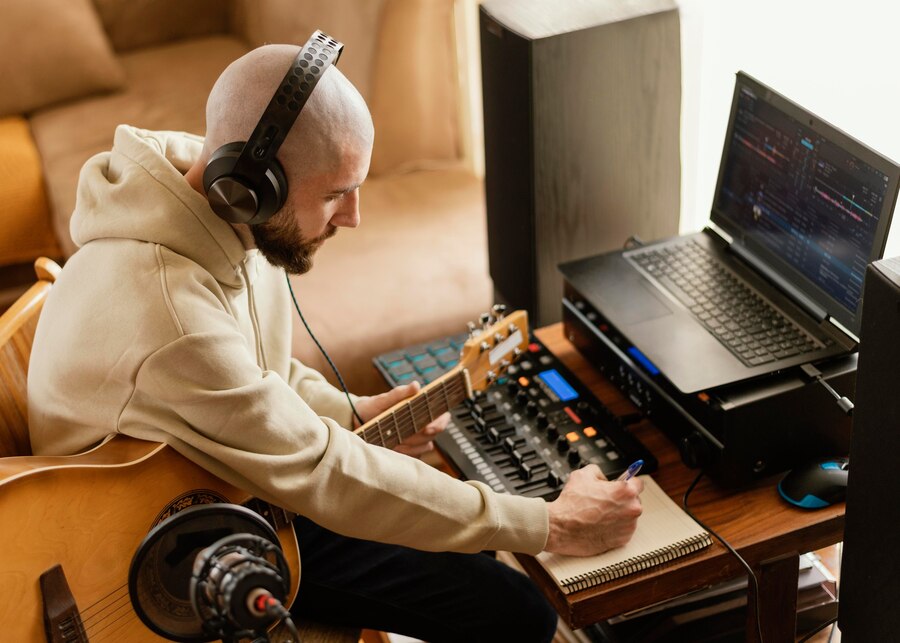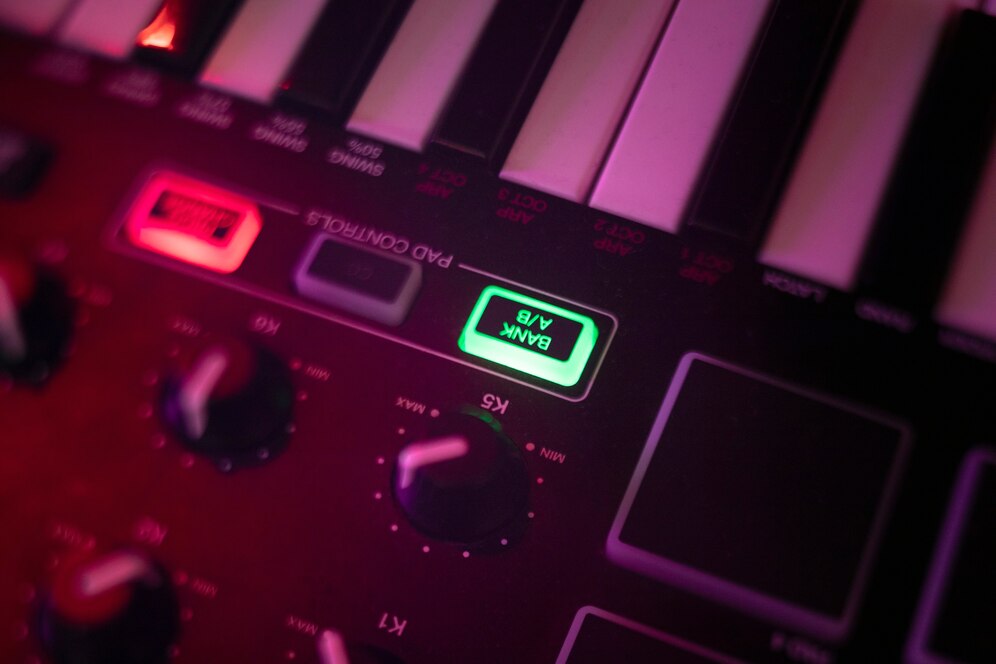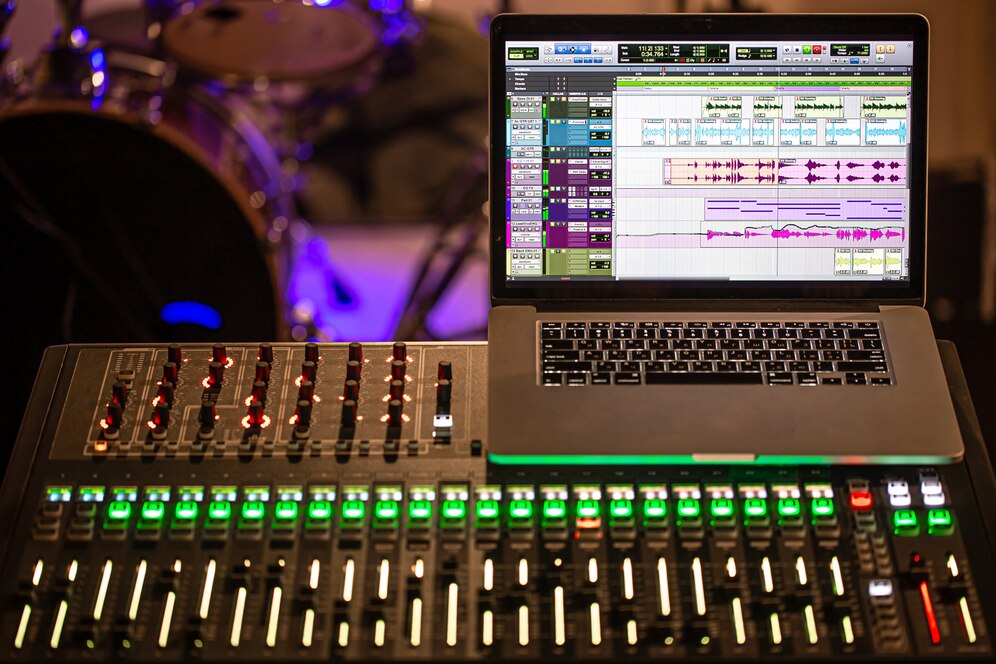In the field of digital audio, one platform stands out – Apple Digital Masters. This initiative refers to Apple’s highest-quality audio file optimization for music production. This detailed and informative guide aims to shed light on the impressive specifications, applications, and game-changing benefits that Apple Digital Masters bring to the music industry.
Mastering for iTunes: An Industry Standard in Music Production
Initially lauded as “Mastered for iTunes,” Apple digital masters are renowned in music production. In its essence, this technology refers to tools and guidelines provided for mastering engineers to create high-resolution audio to be distributed on the iTunes Store.
Digital Sound Quality Through Studio Recording: Setting Music Industry Standards
Apple digital masters have become synonymous with unsurpassed digital sound quality. One of the main reasons behind their success is the impeccable studio recording process backed by a robust mastering process that ensures supreme audio quality. This results in a dynamic range and audio files with a higher bit depth and a larger sample rate than standard distributing methods. Thus, the Apple Digital Masters initiative has revolutionized music industry standards.

